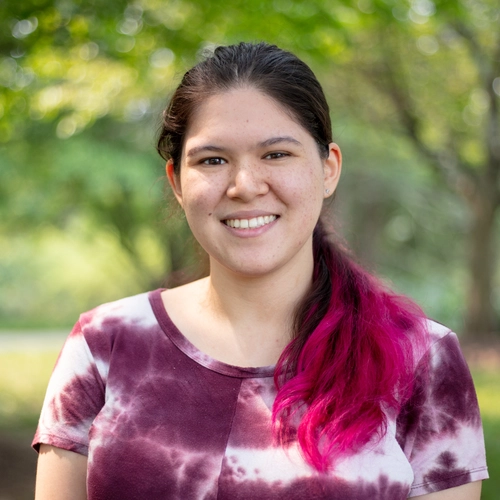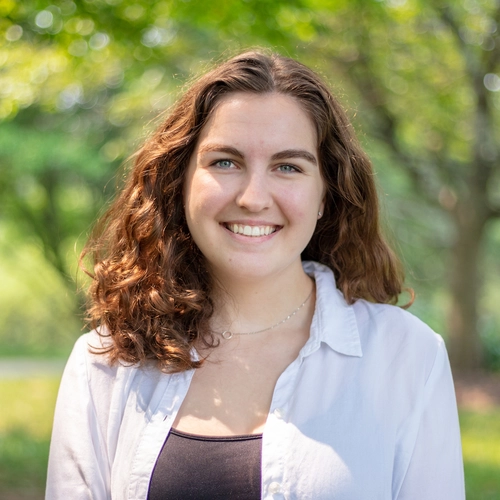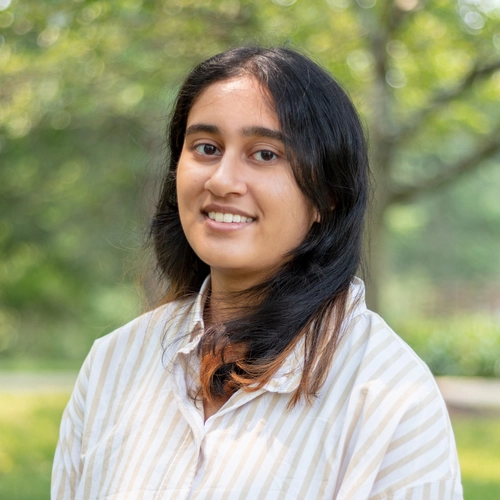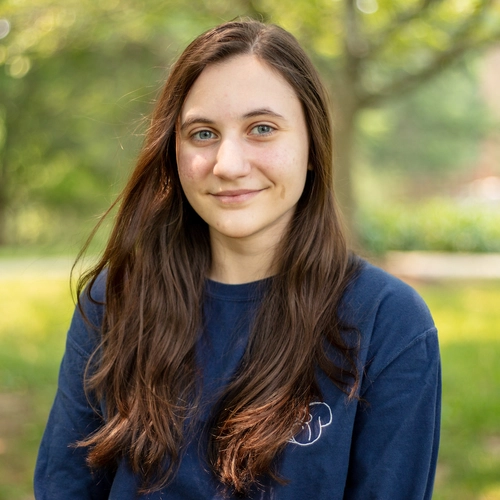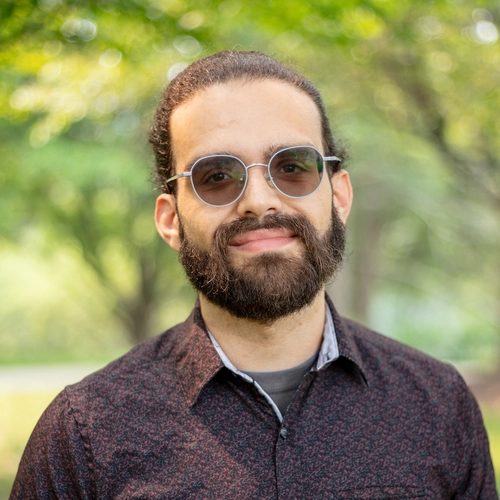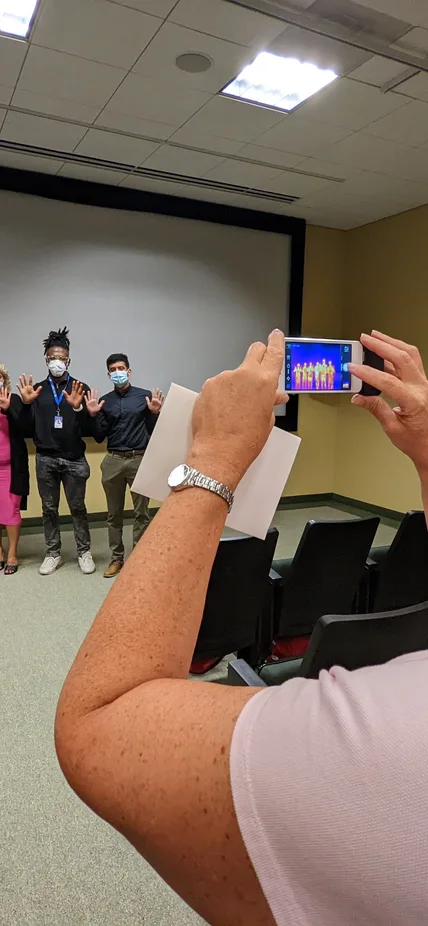This summer, the Carnegie Science Earth and Planets Laboratory (EPL) welcomed eight exceptional undergraduate students eager to immerse themselves in the realms of Earth, planetary, and astronomical sciences through the Summer Undergraduate Research Internship (SURI). Guided by program manager and EPL Research Scientist Dionysis Foustoukos, this competitive internship offered budding scientists an immersive dive into the world of scientific research.
Over the course of 10 weeks, this transformative program paired each intern with an experienced Carnegie mentor to collaborate on designated research projects. Their primary objective? To develop an original research finding suitable for presentation at a national scientific meeting.
Kayla Jones, a now sophomore at the College of William and Mary, shared her excitement, saying, “I was able to go from observing everything to helping out, to prepping samples, to learning how to navigate the Scanning Electron Microscope myself—something I never thought I’d be able to touch!”
Culminating the summer, students refined their skills by delivering professional talks to EPL’s scientific staff, surrounded by newfound friends and colleagues.
Reflecting on her experience, Vasundhara Gatne, now a junior from Virginia Tech, remarked, “One of the best parts of the internship was getting to interact with such a diverse group of people and people who are truly passionate about their work. I think it’s inspired me to continue down a similar path.”
Quotes
This summer marked the second year of EPL’s internship program after a two-year hiatus due to the COVID-19 pandemic. The break allowed EPL to revamp the program entirely, offering a more comprehensive experience. Alongside their research, interns actively participated in weekly professional development workshops, engaging field trips, and the vibrant campus life at EPL.
“One thing I liked about Carnegie Science is we were told that doors were always open,” shared Arya Papal, an astrophysics student from the University of Cincinnati. “My mentor helped me throughout the process and answered my questions. It was a great experience.”
Programs of this nature thrive on collective effort—from the time volunteered by scientific mentors to administrative support and securing funding. This dedication is invaluable in paving the way for the next generation of scientists.
“We are committed to continuing this program for as long as possible," affirmed Michael Walter, Director of the Earth and Planets Laboratory. "We're thrilled to announce secured funding for the next three years."
In 2024, the program is set to receive funding from the National Science Foundation’s Research Experience for Undergraduates (REU) program and will be renamed EPIIC (Earth and Planetary Science Interdisciplinary Internship at Carnegie Science.)
“I'm incredibly proud of their progress,” Foustoukos remarked during the final presentations. “I look forward to more summers like this—welcoming these promising young scientists to Carnegie Science as they begin shaping their future.”



